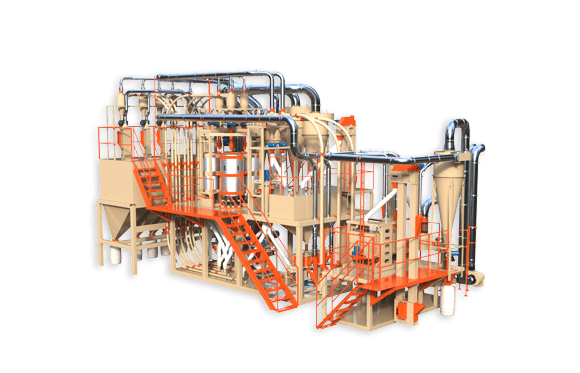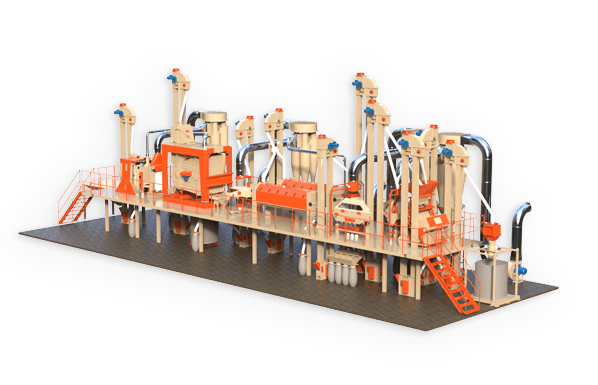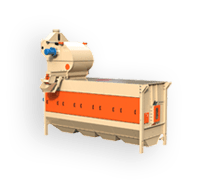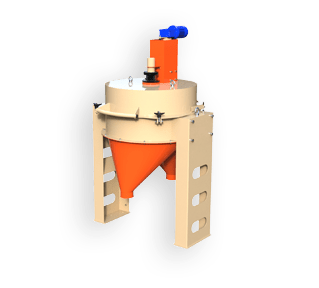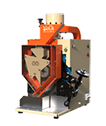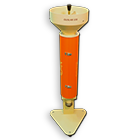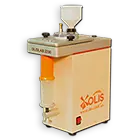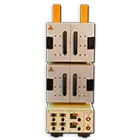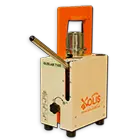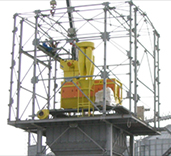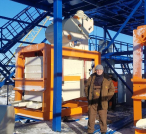Processing grain crops often leads to seed injury. Unnoticeable at first glance, it can provoke a decrease in germination and further damage due to the proliferation of microorganisms. As a result, the performance of the future harvest will deteriorate. Therefore, it is extremely important to carefully select grains at each stage of processing and carry out a number of measures to reduce the risk of damage.
Why is grain injured?
There are many factors that cause crop damage. Most often, the destruction process is associated with:
- operating modes of grain harvesting and grain processing machines;
- physical and biological properties of the grain itself (size, density, shape);
- state of the crop during harvesting (humidity indicators, ambient temperature, ripeness, etc.)
An overly aggressive effect on the seeds of all the mechanisms of the line leads to destruction of the shell, deformation or the appearance of microtraumas of the embryo. It is believed that grains that are too dry or wet are damaged more than those in which this indicator is balanced. Size also matters. Another influencing factor is cultural characteristics. Thus, it has been statistically proven that corn is the most susceptible to injury, wheat is in second place, followed by rye.
The crop can also be seriously damaged when grain transportation is disrupted.Grain elevators, screw conveyors, scraper conveyors and other specialized equipment must be of high quality to ensure optimal speed and the required feed angle.
Fortunately, damaged seed in most cases does not require disposal. It is suitable for subsequent processing and consumption. But damaged grains cannot be used for further planting. To prevent defective seeds from being used for sowing, strict grain quality control is required at each stage of collection and storage.
The use of laboratory mills, drying ovens and universal dividers allows you to select the highest quality batch and reduce the risk of death of entire plantations.
What do grain injuries lead to?
All injuries received by seeds can be divided into several classes, each of which leads to certain consequences:
- significant damage to the embryo – to a decrease in the degree of germination or complete absence of germination;
- injuries from pests – damage to the embryonic membrane and the inability to germinate, as a result, entire fields may be left without a crop;
- partial damage to the embryo membrane leads to an increased risk of disease;
- damage to the seed cap leads to a slowdown in crop growth;
- microtrauma of the endosperm leads to a decrease in the quality of seeds and an increase in the risk of infection by microorganisms during storage.
The main danger is the occurrence of microdamages. Such grains cannot be distinguished visually. Their integral shell is not damaged or damaged slightly. However, the part of the seed responsible for germination may be completely destroyed.
Today, there are a number of technologies that allow you to determine the integrity of grains. Common methods include contrast staining, radiography, and various laboratory tests. If a batch of grain contains a large percentage of damaged seeds, it is screened out.
However, despite careful initial control, the risk that the injured crop will end up in warehouses and then in the fields is extremely high.In this regard, grain quality assessments must be carried out regularly. Partial damage to the shell with minimal deviations from storage technology can lead to more serious damage. There is also a certain percentage of seeds that there is a risk of missing during the initial inspection.
Taking into account the factors outlined above, even after placing the crop in a specialized storage facility, periodic checks must be carried out. Reliable assistants in this process will be samplers, which allow you to sample grain at different depths.
How to avoid injury to grain?
Unfortunately, it is impossible to completely avoid injury to the grain. This option would be likely if the automation of the process was completely canceled and replaced with manual assembly and sorting. Industrial volumes will not allow this, so each production must take maximum measures to reduce seed injuries. Effective methods are considered to be shortening the chain of movement of crops from the moment of collection to the moment of placement in storage, choosing the optimal operating speed of equipment and installing a gentle mode.
The stage of fractionation with sorting grids will also help. During this process, 9.5% of biologically inferior grains, 50% of crushed grains, 37.5% of grain in film and 78.3% of contaminants are eliminated. Such an event will help to eliminate at least one separator. And the less equipment is used, the less damage the crop receives.
In addition, the intensity of injury can be influenced by the shape and method of fastening the elevator bucket, the speed of advancement along the line, and the degree of filling of containers. Reducing the speed and using low-speed designs will reduce the dropout rate by 15-20% due to a reduction in the volume of backflow.
For additional information and advice, please call:
☎ +38 (067) 822-85-58.



